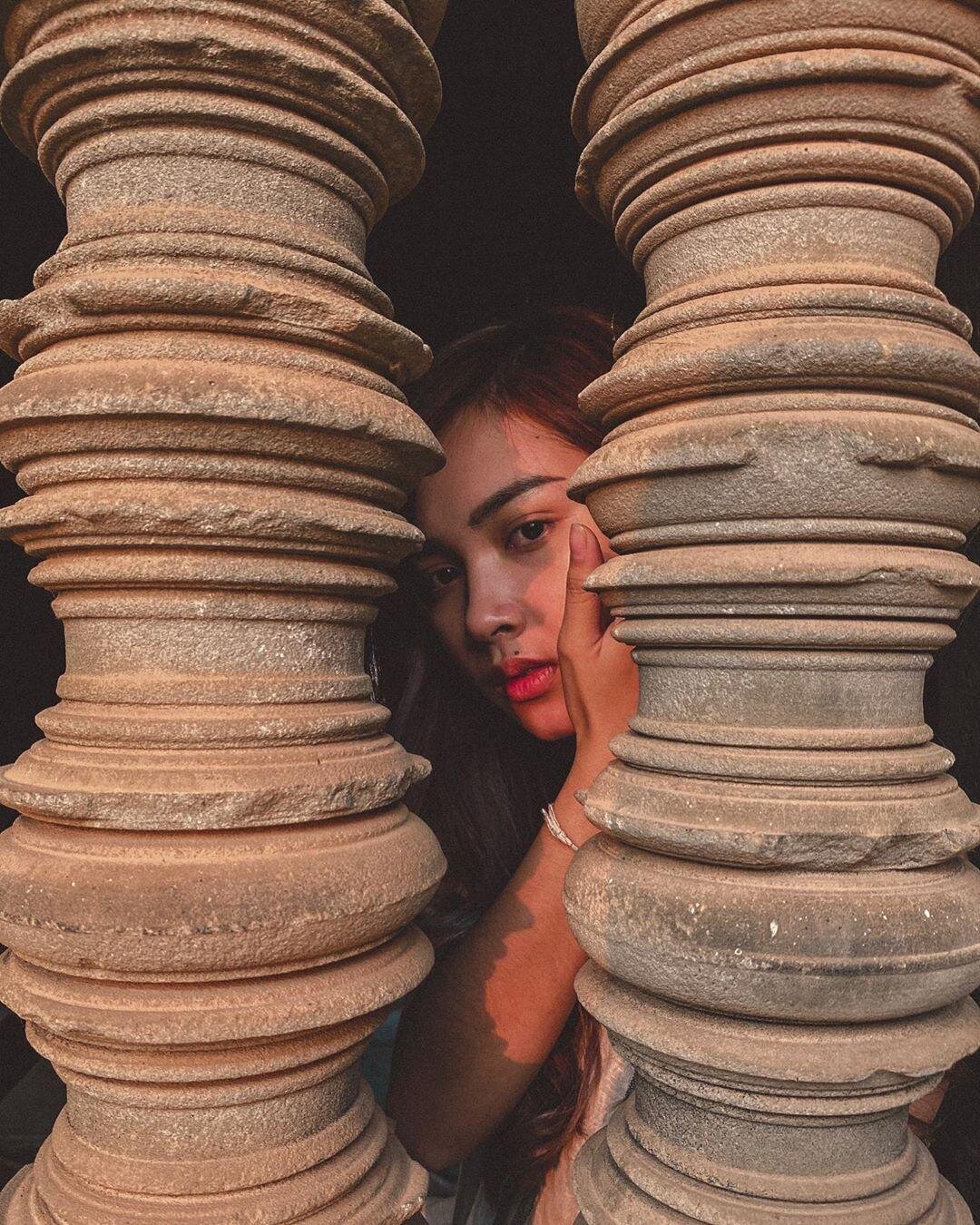Amitabha
sk अमिताभ Amitābha
Buddha of the higher spirit, represented on the headdress of bodhisattvas.
by Jinah Kim
An engaged and well-documented study on Angkor Wat as 'unfinished business', in particular as a Buddhist living monument.

Did the colonial re-discoverers of Angkor balk at the essentially religious dimension of the site? That is one of the author’s hypothesis, and she writes: “The Buddhist identity that was an eyesore to colonial officials may have contributed to the promotion of Angkor Wat as a nationalist symbol, perhaps more so than the French glorification of Angkor Wat as the perfect architectural achievement of a bygone era. With a hybrid and syncretic appearance, containing both Buddhist and Vaisnava elements within an active devotional space, Angkor Wat projects a Buddhist identity that is perhaps more than real.”
In this stimulating essay, the author recalls us that Angkor Wat was established as a “Buddhist site that attracted many visitors from all over Southeast Asia by the early seventeenth century. According to a letter dated 11 June 1668 by M. Chevreul, a French missionary who stayed in Cambodia from 1665 to 1670, ‘there is a very old and famous temple eight days’ travel from this town where (if Our Lord gives me some free time) I hope to go. This temple is renowned among all the Gentiles of five or six great Kingdoms, as is Rome among the Christians’.”
“Reanimation of Angkor Wat in the sixteenth century may have been initiated by royal decree as recorded in the inscriptions, but the accumulation of images in specific spaces such as Preah Pean, Bakan, and the second enclosure galleries probably happened more or less spontaneously given the individual nature of many other donor inscriptions. The pedestals on which many Buddha images are installed reflect an open-ended, spontaneous practice transforming the Vaisnava temple into a Buddhist sacred space.”
Revisiting the famous ‘Jetavana’ map by Shimano Kenryo, the author also insists on the existence of Japanese visitors to Angkor in the sixteenth and seventeenth centuries: “In his Historia, Diego Aduarte reports that Dominican missionaries in Cambodia saw a Japanese pilgrim who came “to worship the gods Amida and Xaca (evidently the Sakyamuni), whom he had heard were born, one in Siam and one in Cambodia… ” Here it is worth noting that Sakyamuni is associated with Cambodia while Siam (Thailand) is associated with Amida (Amitabha). Such associations suggest that the identification of Angkor Wat with the Jetavana monastery, where the Buddha Sakyamuni spent many rainy seasons, had been established by this time. The structure of Jetavana as described in the Nidanakathii, the introduction to the Pali jiitaka, coincidentally evokes the structure of Angkor Wat: the perfumed chamber (gandhakui), the designated dwelling space of the Buddha, was “in the very center of the Jetavana and around it were built dwellings for eighty elders and beyond that other residences which were connected by long halls, terraces, walkways, etc.” Long halls, terraces, and walkways are typical elements of Buddhist monastic architecture as seen in archaeological remains in South Asia.”
Photo: Angkor Wat, 2020 (by Sakphearoth Kea)

Professor of Indian and South Asian Art in the Department of History of Art & Architecture, Harvard University, Jinah Kim received her B.A. in Archaeology and Art History from Seoul National University (1998), and her M.A. (2001) and Ph.D. (2006) in History of Art from University of California, Berkeley.
Her ongoing research on ‘living monuments’ in Southeast Asia brought Jinah to study extensively Angkor Wat.
Her first book, Receptacle of the Sacred: Illustrated Manuscripts and the Buddhist book cult in South Asia (University of California Press, 2013) examines illustrated Buddhist manuscripts as sacred objects of medieval cultic innovation that can be animated through the presence of images and various design strategies.